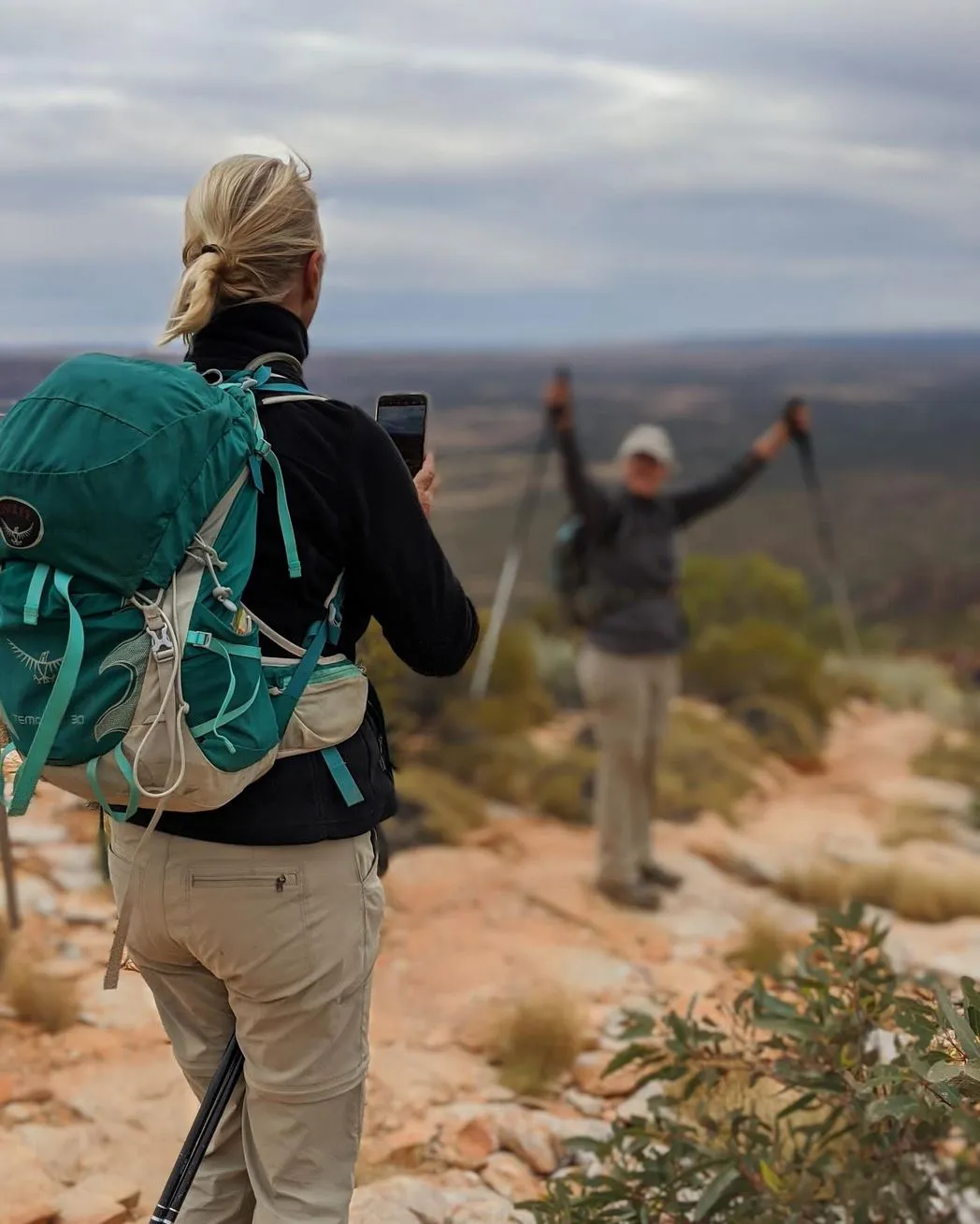The Larapinta Trail, 223 km of the Northern Territory desert, is a solo hiker’s dream. However, solo hiking has its own set of challenges. Here are the essential safety tips and advice for solo hiking the Larapinta Trail.
1. Plan and Prepare Well
Solo hiking requires meticulous planning. Research the trail sections, time to complete the hike, water sources (billabongs, campsite water, water tanks, resupply points) and familiarise yourself with the terrain, deep gorges and potential hazards (extreme temperatures, invasive grass seed). If you’re new to the trail or want a structured itinerary, a guided Larapinta Trail tour can be super helpful and logistically supportive. Planning also means assessing your pack weight to make sure it’s manageable for the whole trip.
A detailed packing list should be made including essential items such as tent poles, sleeping gear, food, hydration tools and safety gear. Your base weight is critical for comfort on long hikes. A lightweight but durable pack liner can keep your gear dry in case of unexpected rain. Ankle gaiters or standard gaiters will protect you from invasive grass seed and rocky debris.
2. Carry a Reliable Navigation System
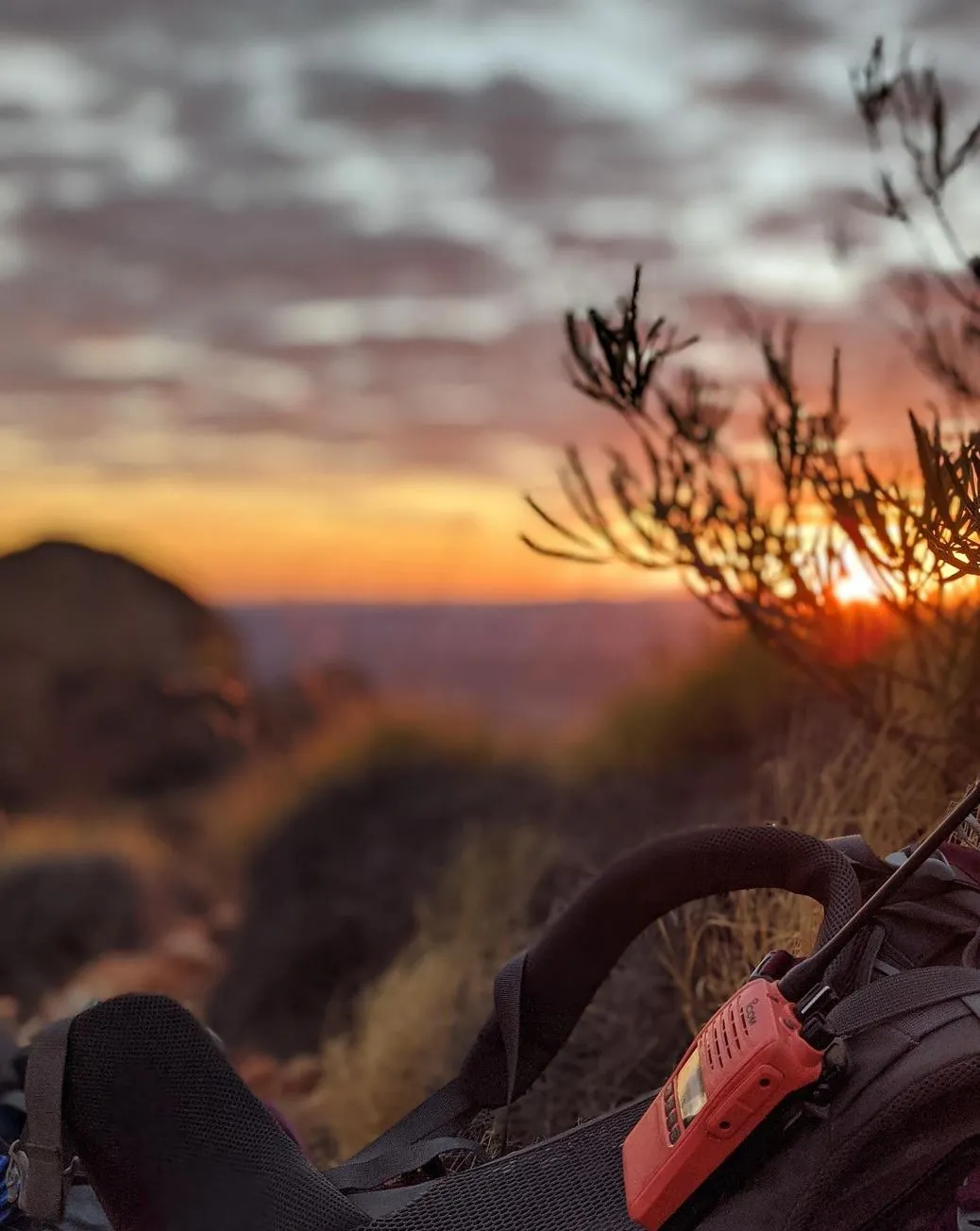
A topographic paper map, compass and , are must-haves. The trail is marked but weather or exhaustion can make you disorientated. A personal locator beacon (PLB) or satellite communication device is highly recommended for emergencies. A power bank to charge your navigation devices is a must.
3. Tell Someone Your Plans
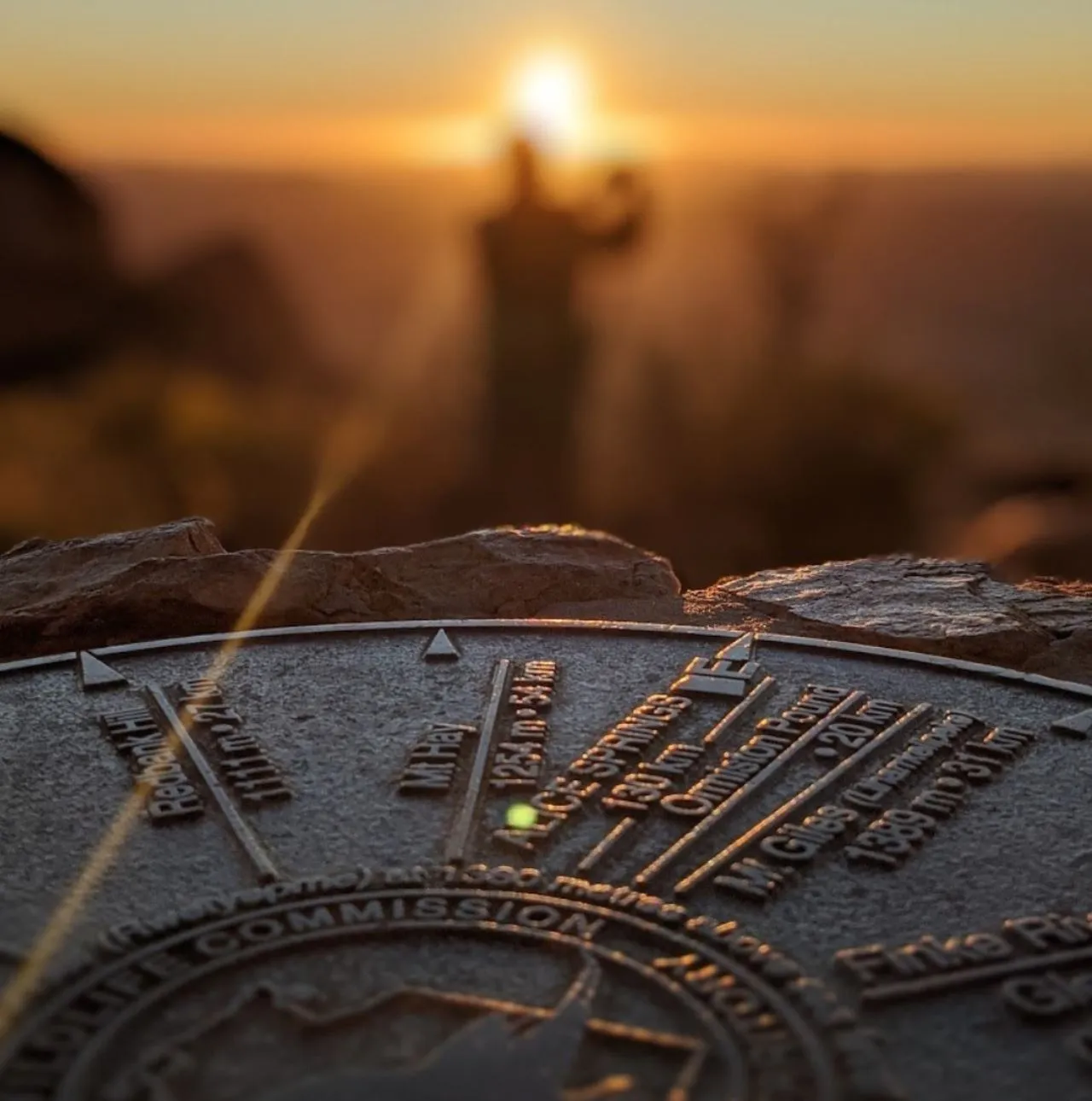
Before you leave, share your itinerary, expected arrival dates at key locations and emergency contact person with a trusted friend or family member. This way, someone knows where you are in case of delays. Make sure your phone and navigation devices are fully charged for emergencies.
4. Stay Hydrated and Manage Food Supplies
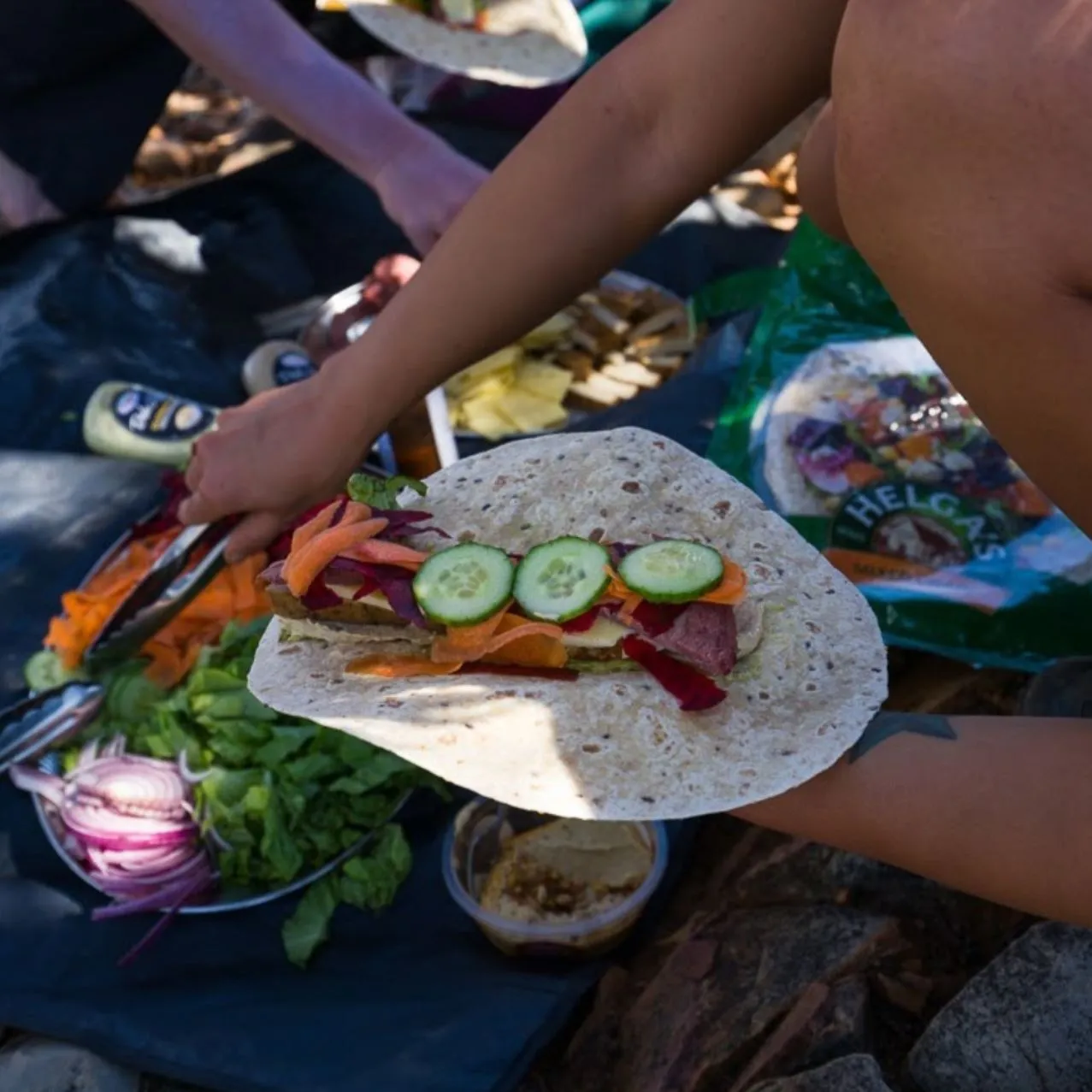
Water sources such as creek beds and natural water sources are scarce on the Larapinta Trail. Check seasonal availability and carry enough water to last between resupply points. Use a water filter, collapsible water bottle or refillable water bottle. Consider water treatment options such as filtration or purification tablets. Pack high-energy, non-perishable food that requires minimal cooking and store it properly to not attract wildlife. Eat food at night and stay hydrated throughout the hike to keep your energy up. A hydration bladder can be a nice addition to your hydration plan.
5. Be Ready for Extreme Weather
The Larapinta Trail is extreme – hot days and cold desert wind at night. Wear sun-protective clothing, a hat and sunscreen during the day. Pack light warm layers for night-time and check the weather forecast before each section. A good wind jacket or outer layer is essential for wind and cold nights. A hot water bottle is a lifesaver on colder nights.
6. Pack Light but Wise
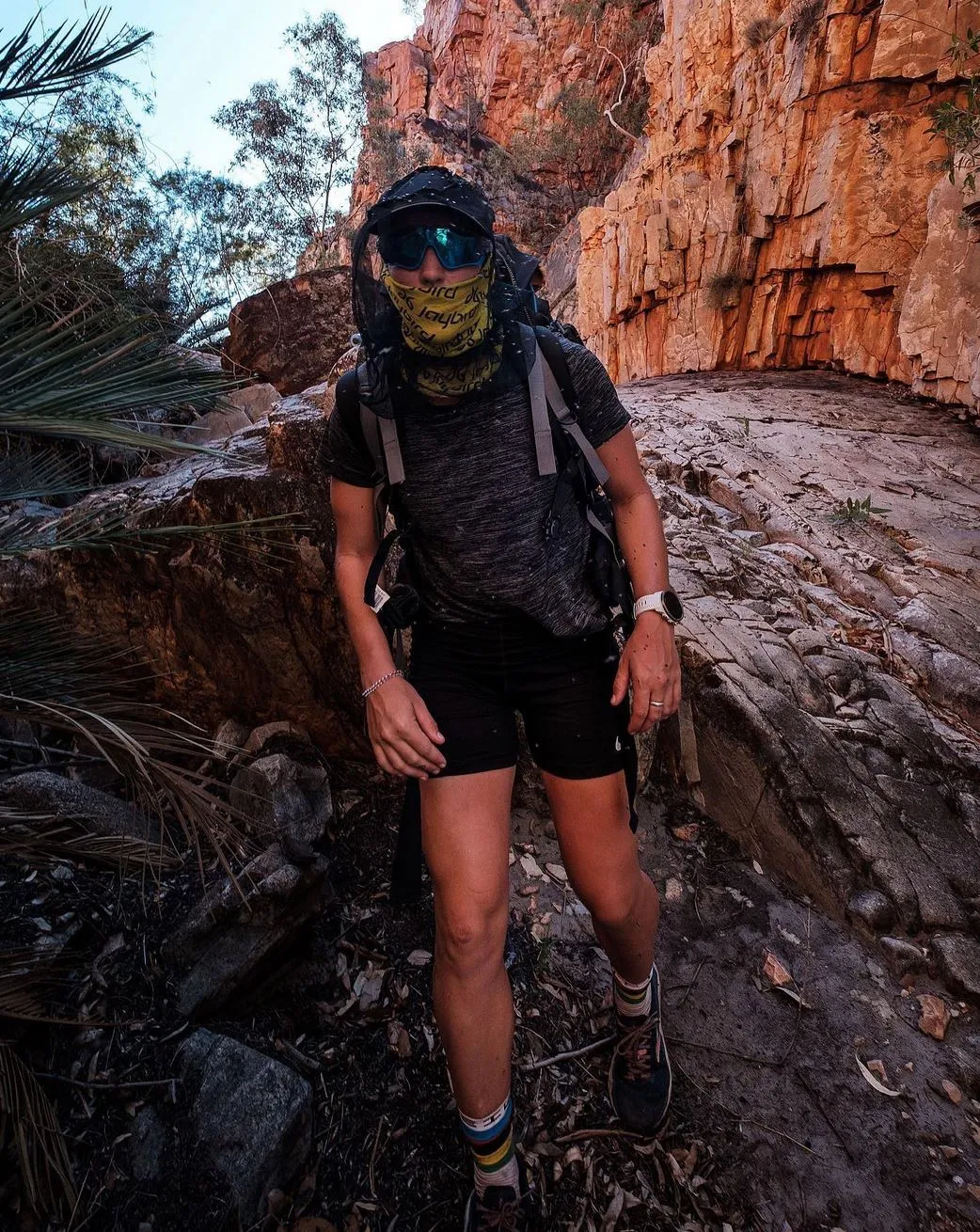
Every item on your gear list should serve a purpose. Manage pack weight and base weight carefully so you can hike comfortably. Key gear includes a good sleeping bag, tent repair kit, tent wall, tent pole, first aid kit, multi-tool, headlamp with spare batteries to keep them topped up, and light-weight cooking gear. Wear merino hiking socks for foot health and camp clothes for wide feet and foot shape. A pack liner will keep your gear dry in harsh trail conditions.
7. Respect Wildlife and the Environment
You may encounter dingoes, snakes and other wildlife. Keep a safe distance, store food securely and never feed animals. Follow Leave No Trace principles by taking out all your waste and minimising your impact on nature. Use a cat hole for human waste when there is no toilet facility and manage solid waste properly. Always carry toilet paper and a utility kit for safety and hygiene.
8. Know Your Limits and Listen to Your Body
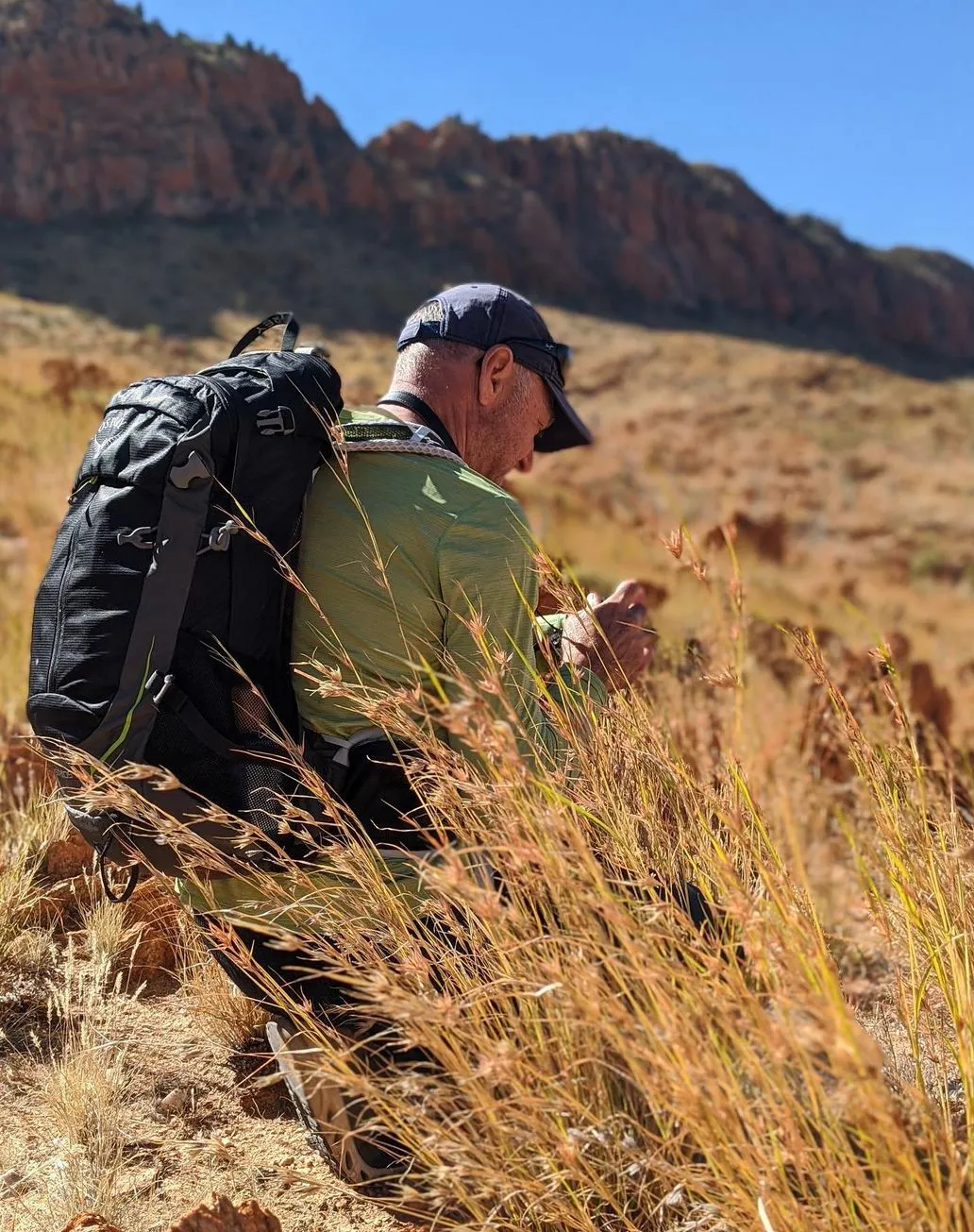
Solo hiking requires self-awareness. Take regular breaks, monitor your hydration through a solid hydration strategy and know the signs of fatigue, dehydration or heat exhaustion. If feeling unwell or injured don’t push on – prioritise safety over arriving at your destination.
9. Consider Joining a Section with Other Hikers
Though solo hiking is great, some sections of the Larapinta Trail can be tough. If unsure about a section, consider joining a guided group or teaming up with other hikers for support. Hiking poles can help with balance and reduce fatigue on long hikes. If you prefer a structured experience, booking a Larapinta Trail tour is a great way to meet other hikers and have expert guidance.
10. Enjoy the Ride
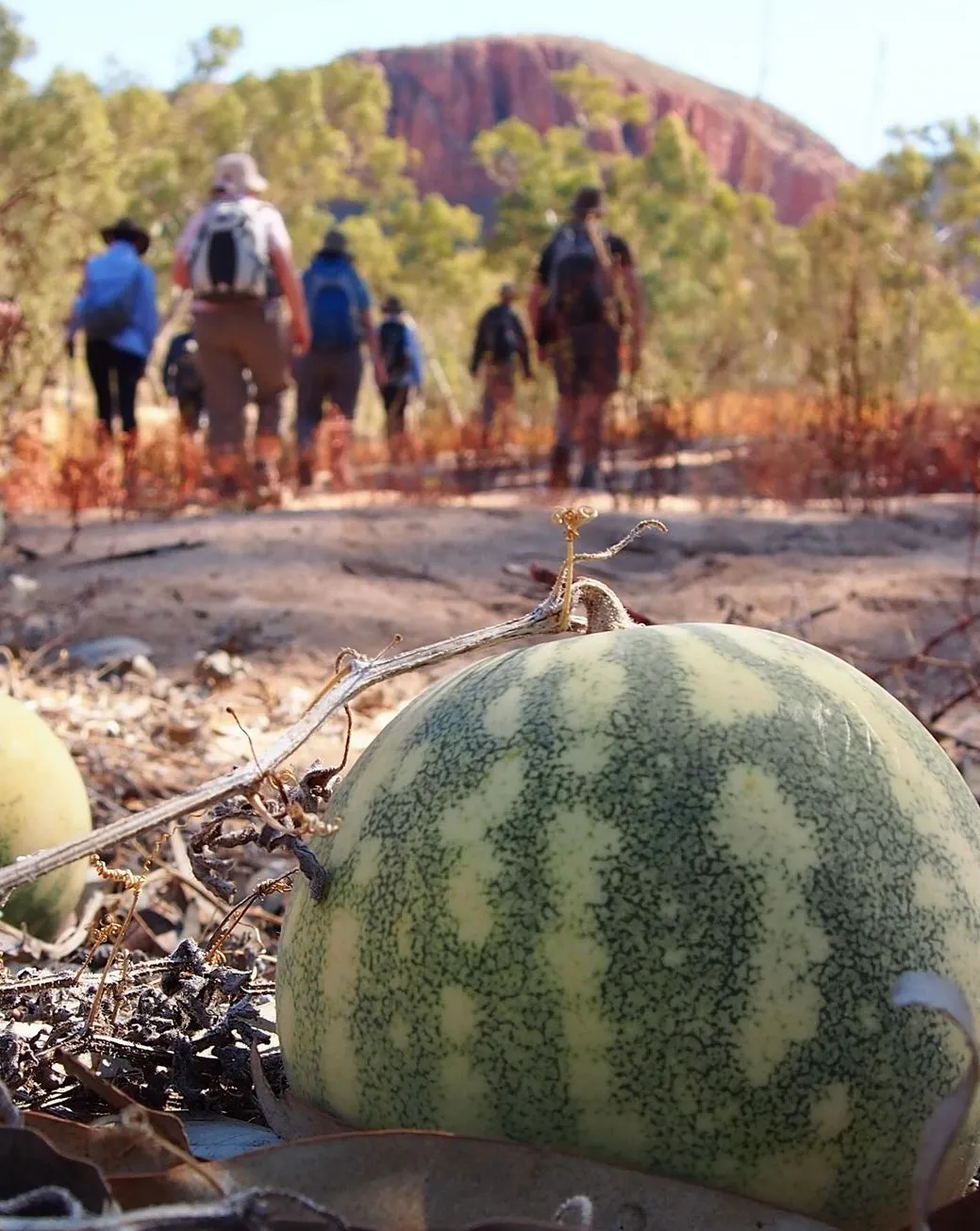
Solo hiking the Larapinta Trail is a real adventure with stunning scenery, starry nights and a deep connection with nature. With some prep and sensible hiking you can have a safe and fun trip.
By following these safety tips and guidelines solo hikers can have a great time on the Larapinta Trail and minimize risks.
FAQ
How long does it take to hike the Larapinta Trail solo?
Full trail 12-16 days, but depends on fitness level, weather and daily mileage. Some hikers do sections rather than the whole trail. Multi-day hiking trips require proper planning and important piece of safety planning.
Are there water sources along the Larapinta Trail?
Yes, but it is limited and seasonal. Hikers should plan water carries carefully and use water filters and water treatment tablets. Check local sources before you go and be aware of dry camps.
Is solo hiking the Larapinta Trail safe?
With proper prep solo hiking is safe. But hikers need to be aware of extreme weather, no phone reception, and the risk of cystitis from dehydration and wildlife. Carrying a personal locator beacon (PLB) is highly recommended for safer hiking.
What’s the best time of year to hike the Larapinta Trail?
The best time to hike is April to September. Summer (December to February) is too hot and not recommended. Day hikes in optimal weather can be a great way to do sections of the trail.
Do I need a permit to hike the Larapinta Trail?
There are no permits for independent hikers, but camping fees are in some areas. If joining a guided tour permits may be included in the package. Many hikers do a Larapinta Trail tour to simplify logistics and get expert-led insights.
